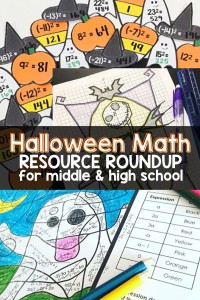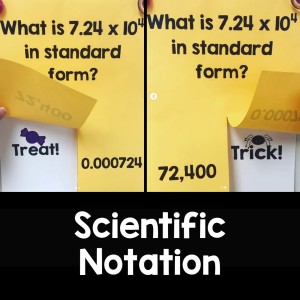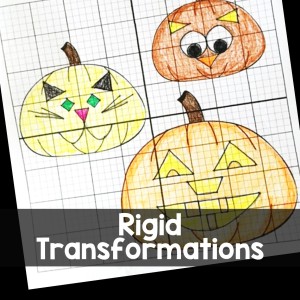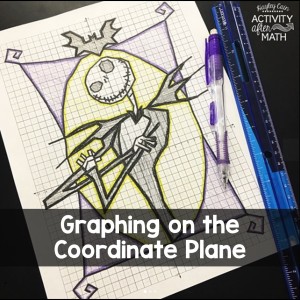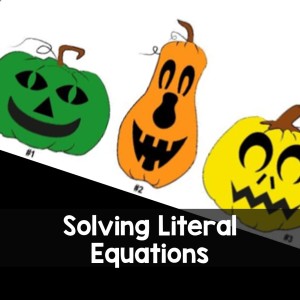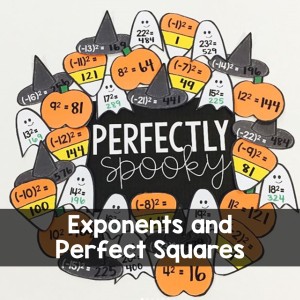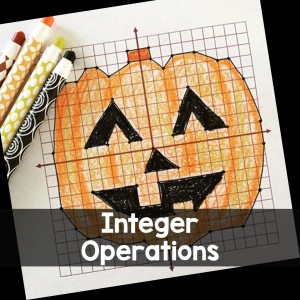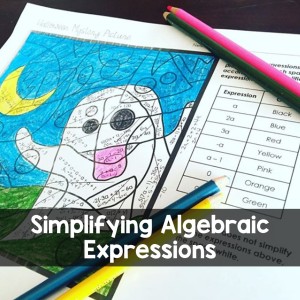We want students to be comfortable in our classrooms. We want them to feel welcomed and inspired. Classroom decoration can play a role in creating that environment.
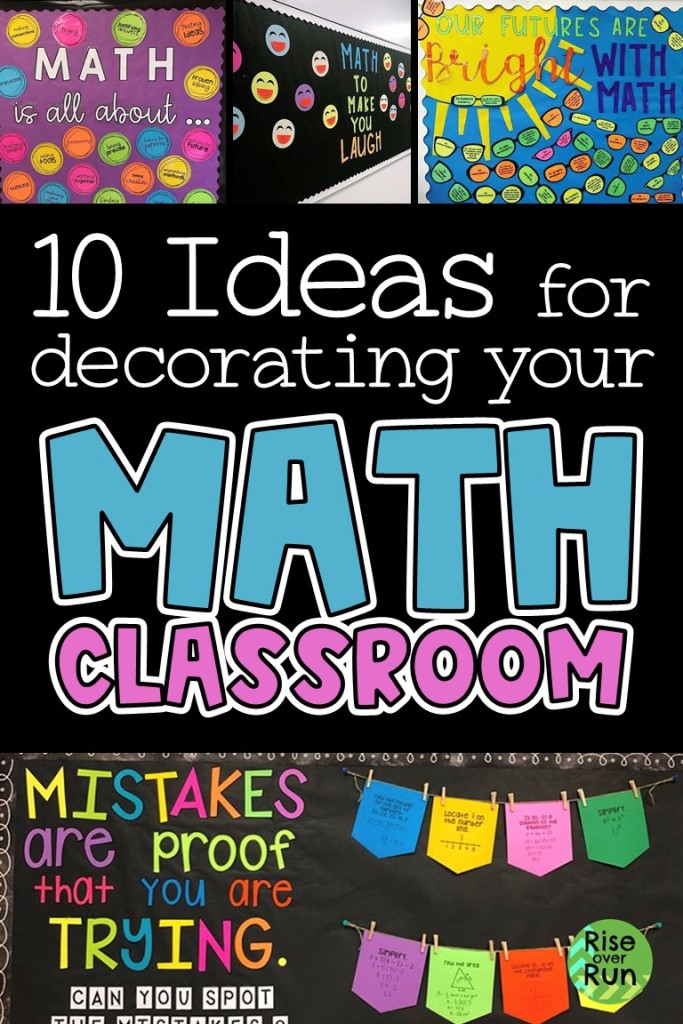
Below are some simple ways to decorate your math classroom.
Let students know what math is all about with this bulletin board. Each circle has a phrase, such as finding solutions, improving methods, testing ideas, and justifying answers. (Thanks to @mathwithhess for this photo!)
This same kit works great as a door decoration too. Welcome students to math class with this simple door décor. (Thanks to @teachinginsite for this photo!)
A math calendar is a functional way to use a bulletin board. Each day is represented by math problem. This one features written expressions for every day of the month. Find more options for math calendars here.
Encourage students to have a growth mindset with this bulletin board. It features math problems that have mistakes for students to spot. Change the problems throughout the year to make this an interactive error analysis board. (Thanks to @zillibuster346 for this photo!)
Got a large blank wall in your classroom? This wall display is the perfect way to create an eye-catching area and let students know what being a mathematician is all about. It features words like thinkers, investigators, and collaborators, all connected to the word mathematicians.
Students are always asking, “When am I ever going to need this?” This bulletin board answers that question, showing how a variety of careers and people use math. (Thanks to @angelicacreates31 for this photo!)
A large number line is a functional decoration that will come in handy for teaching integer operations, absolute value, rounding, ordering numbers, and more. This vertical number line prints on regular paper to create an 8-foot tall display.
Add some humor to math class with this math jokes bulletin board. A joke is written on each smiley face, and the mouths flip up to reveal the punch line. (Thanks to @jacsantilli for this photo!)
Write an inspirational message, class motto, the subject you teach, or your name with these math letters. Each letter has math doodles all over it. The whole alphabet, numbers, and symbols are included, so you can spell anything you like.
This door design is the perfect way to welcome students. It says, “Welcome to math class, where we have 5 sides to a pentagon, 4 quadrants on a coordinate plane, 3 angles in a triangle, 2 axes on a graph, but only ONE of you!”
I hope these photos have given you some ideas for your own classroom!
Thanks for reading.
-Rachael
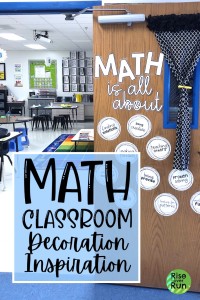
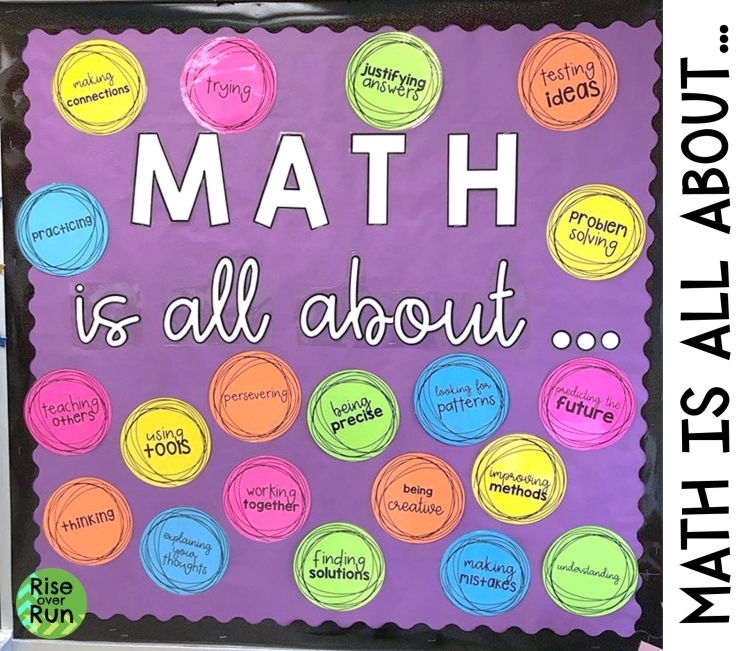
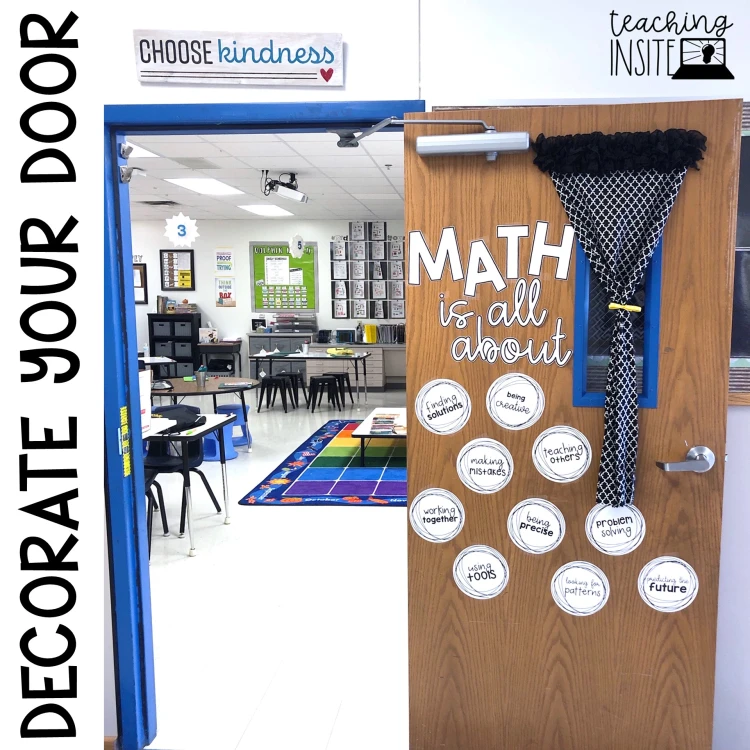

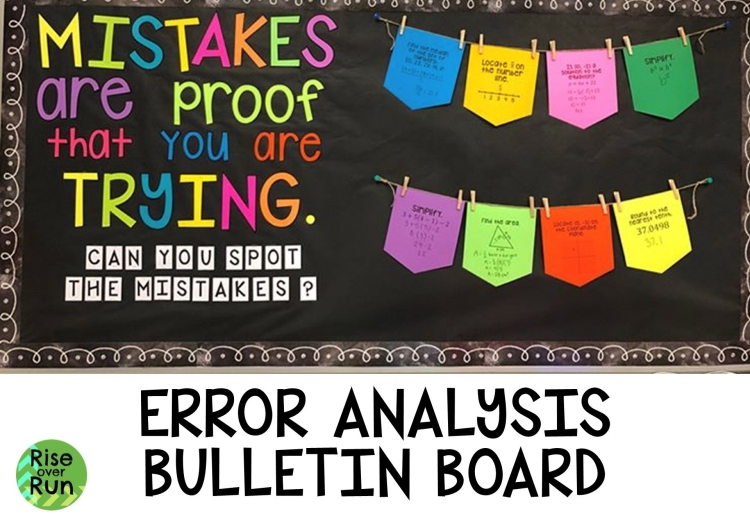




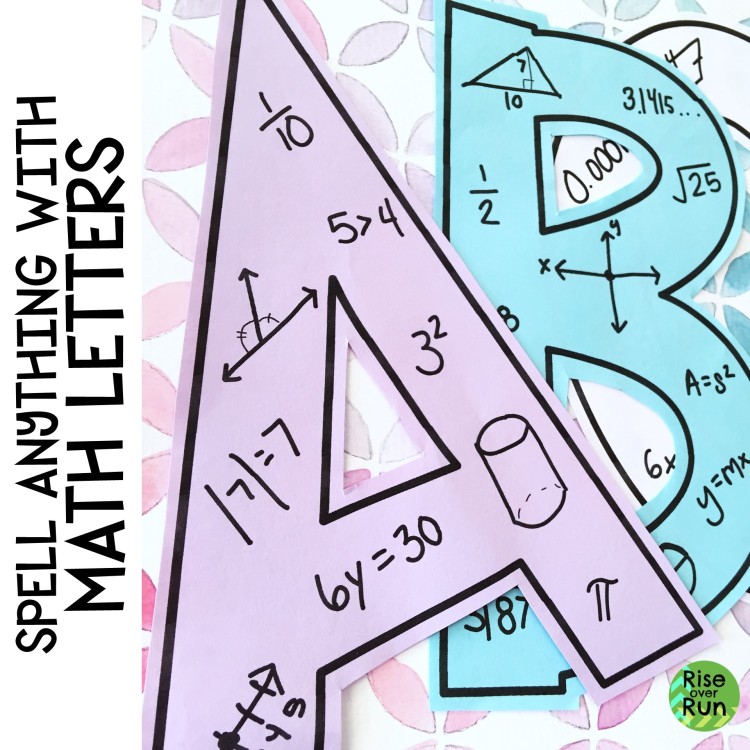

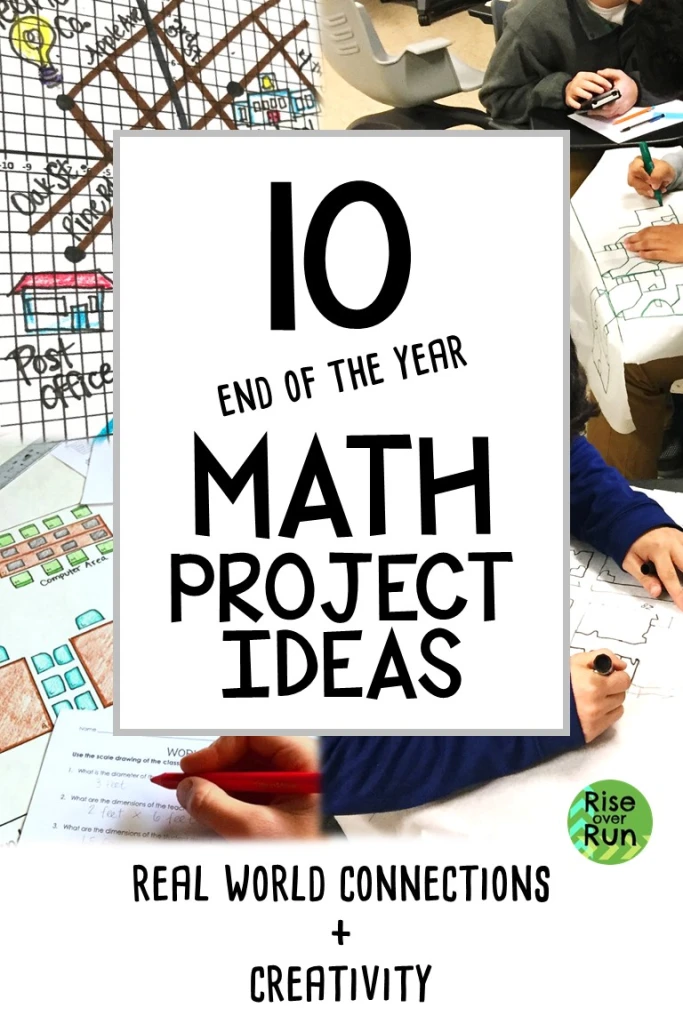
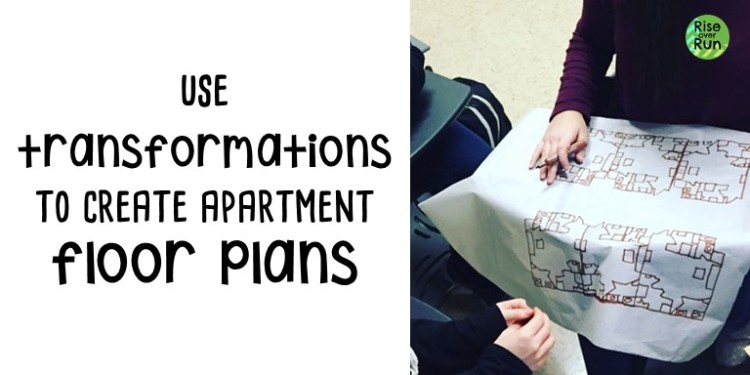
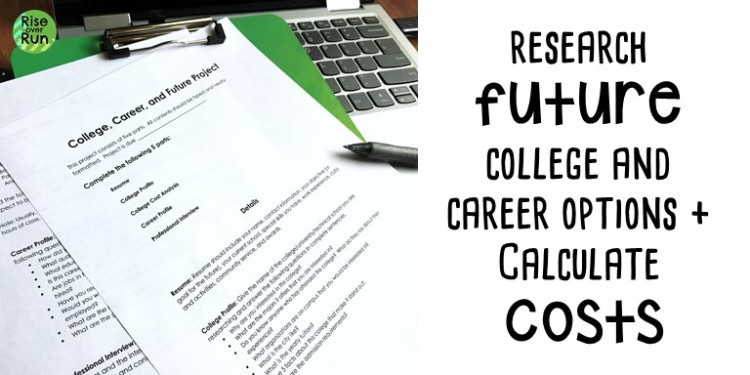
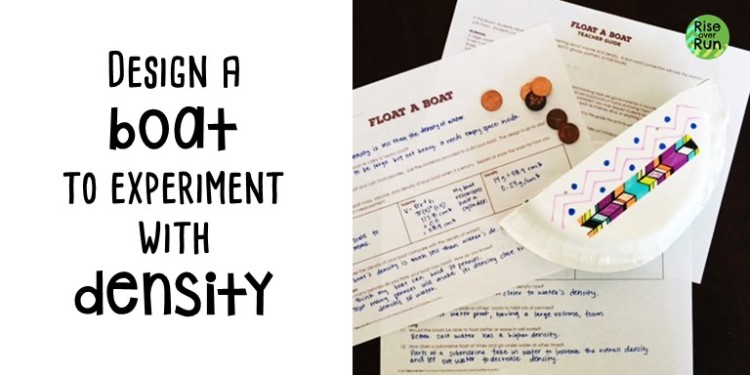
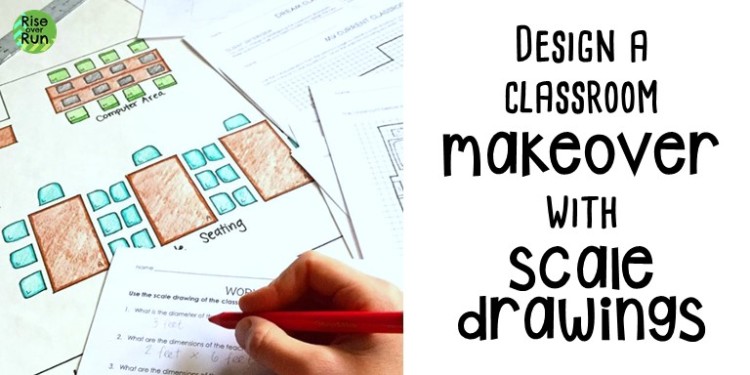
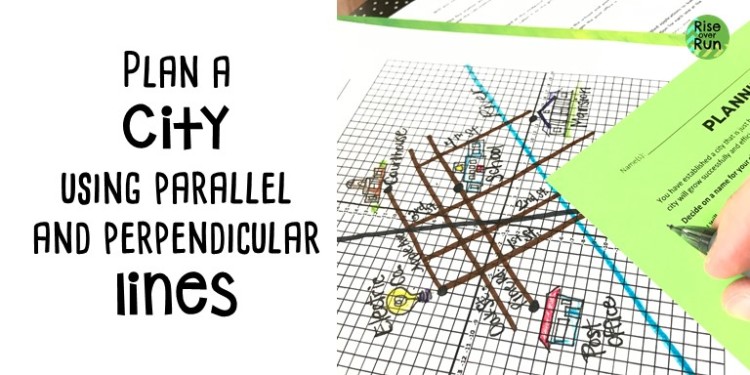
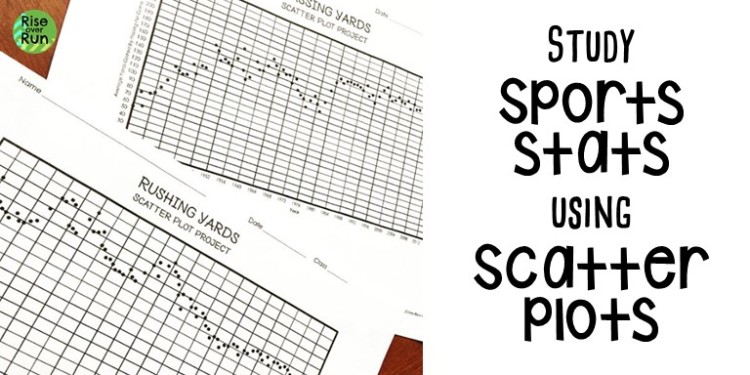
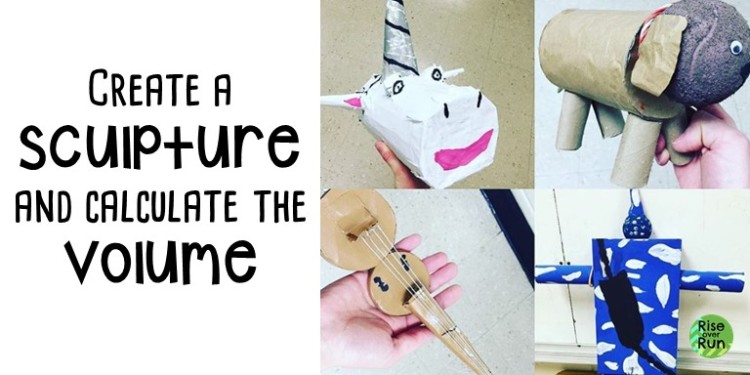
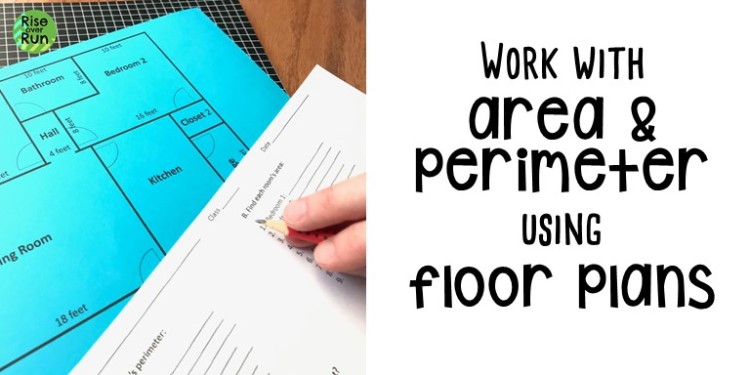
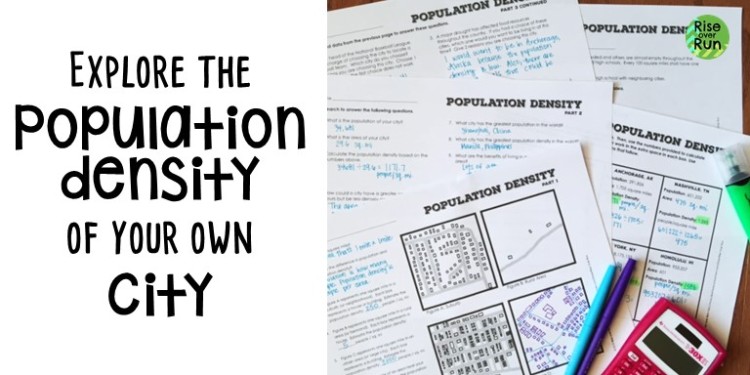
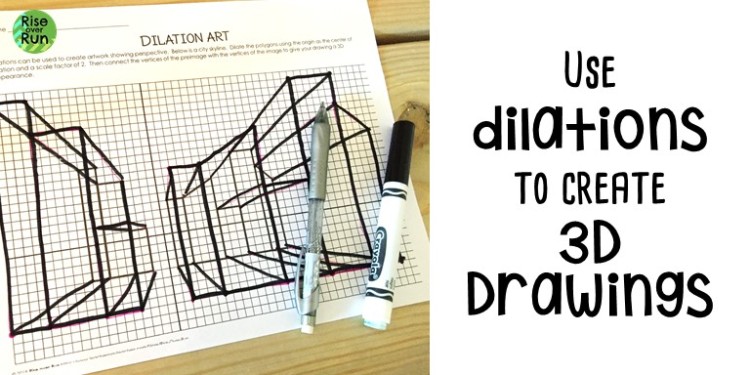
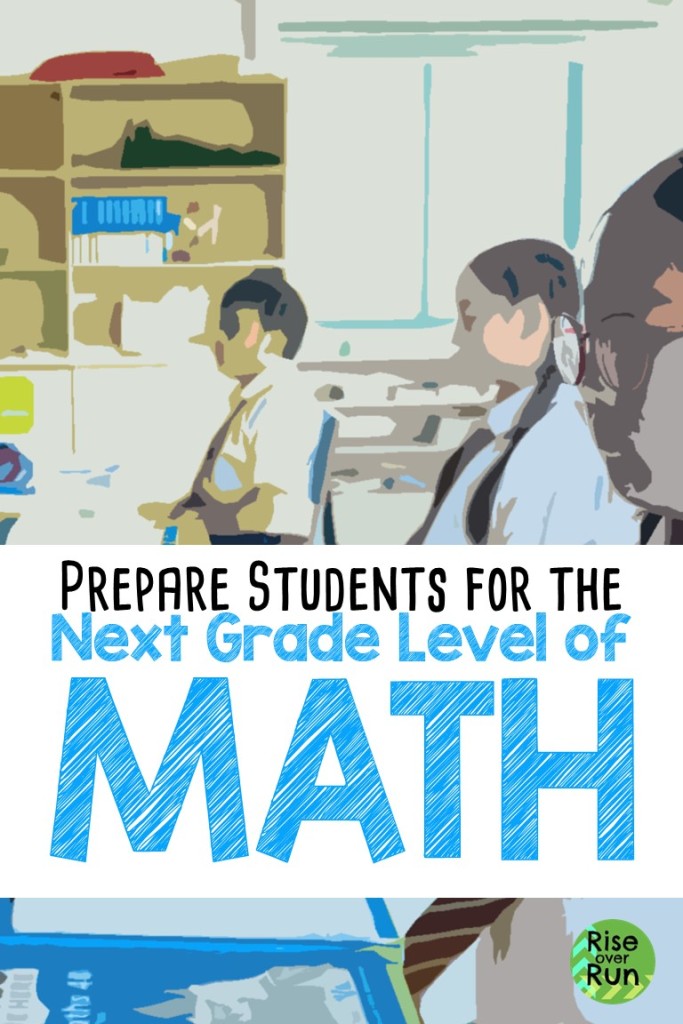
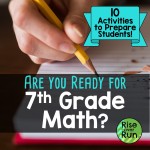
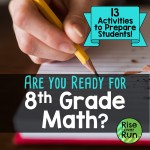
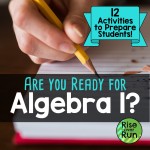
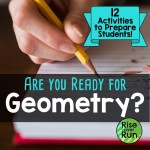
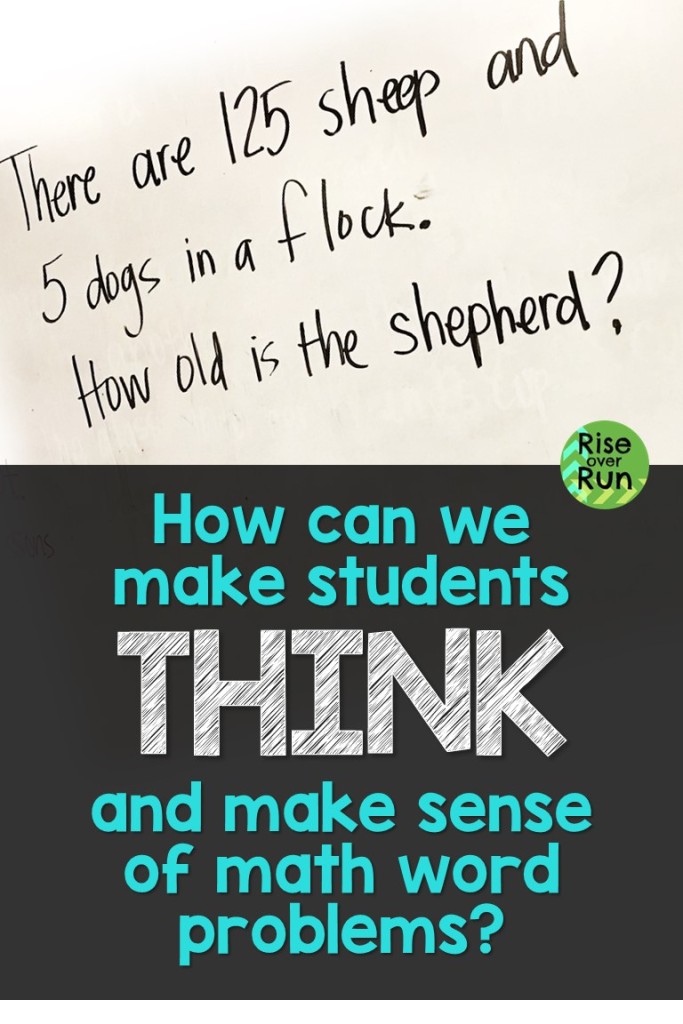 How would your students answer this question?
How would your students answer this question?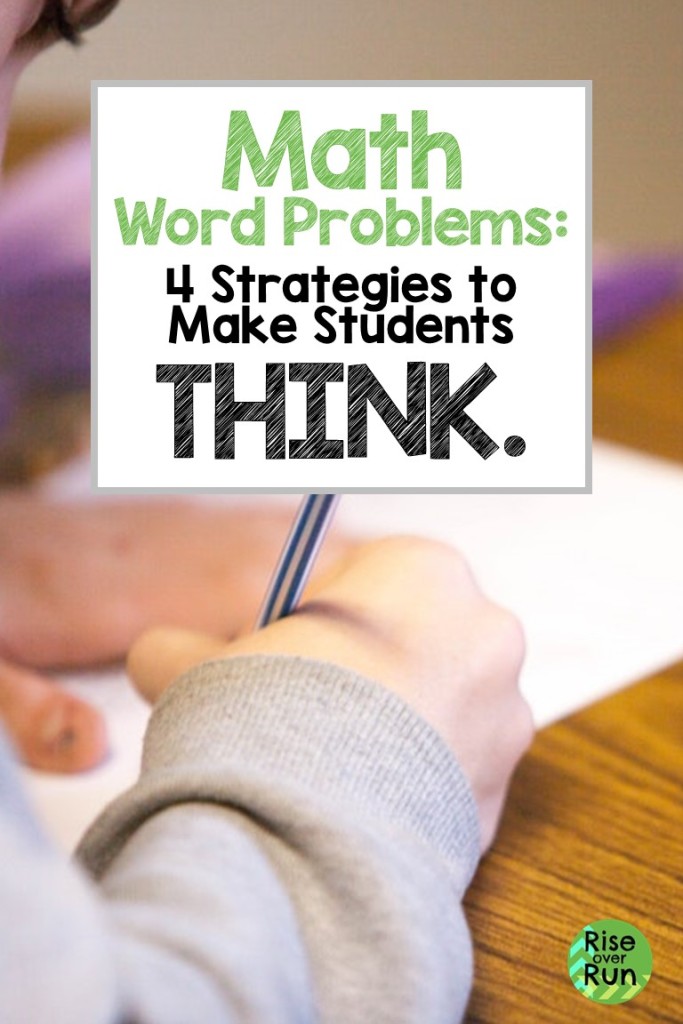
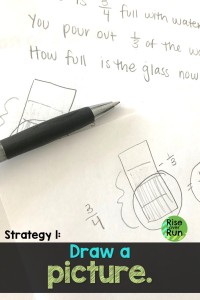
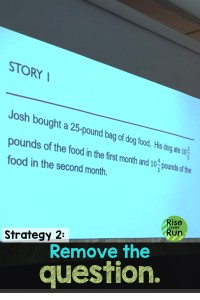
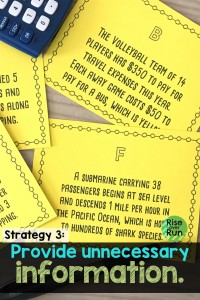
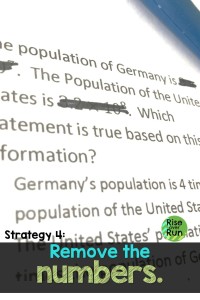
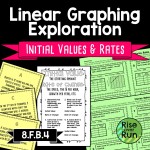
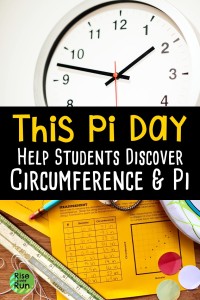
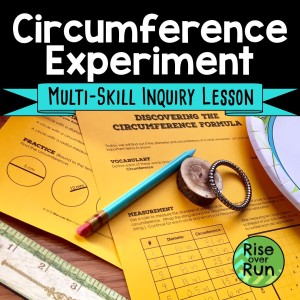
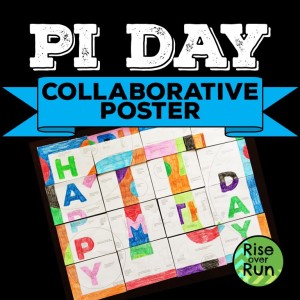







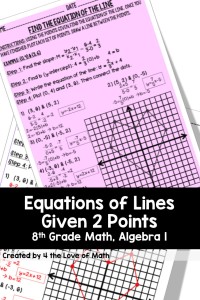


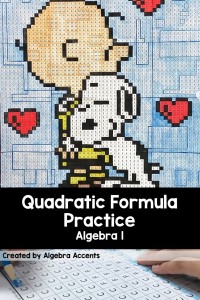



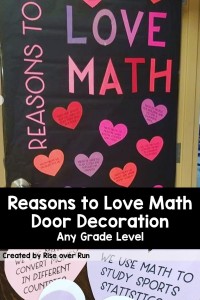
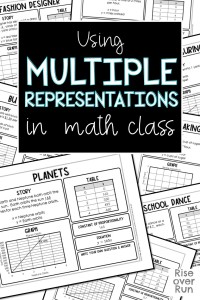


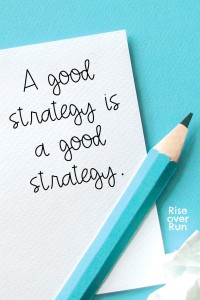
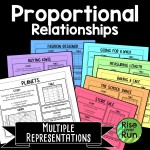
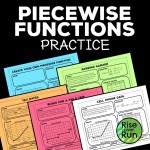
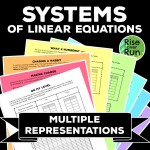
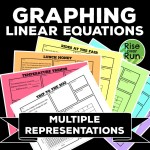
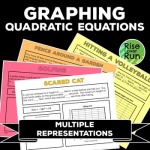
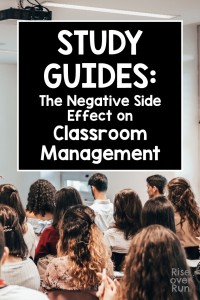
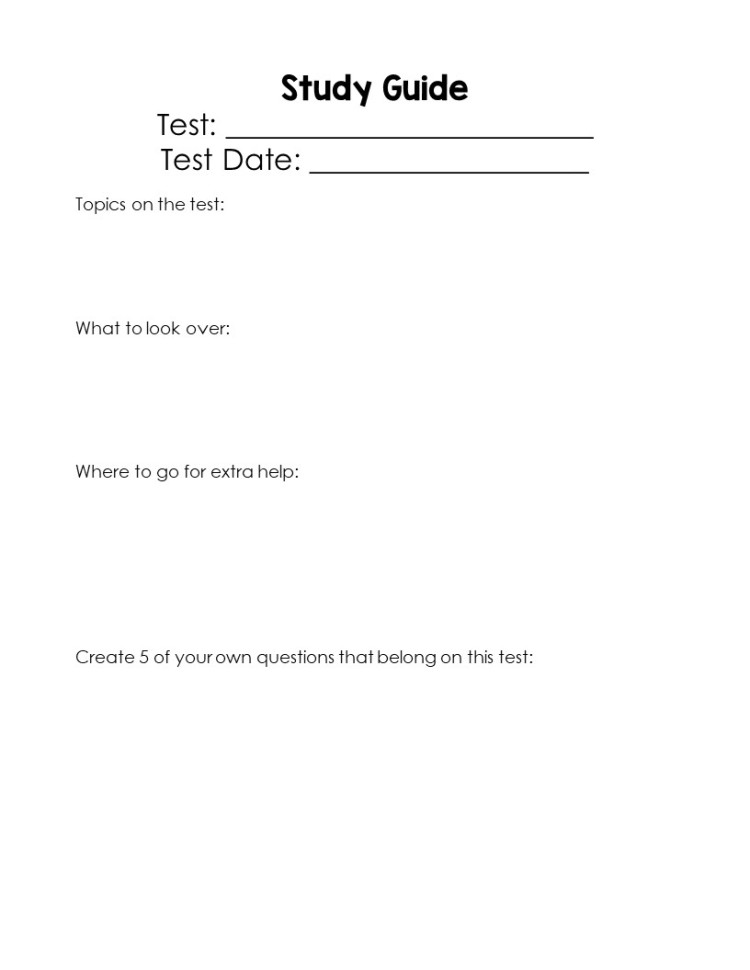 Download this Study Guide format here:
Download this Study Guide format here: 




